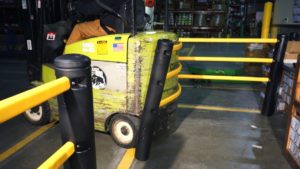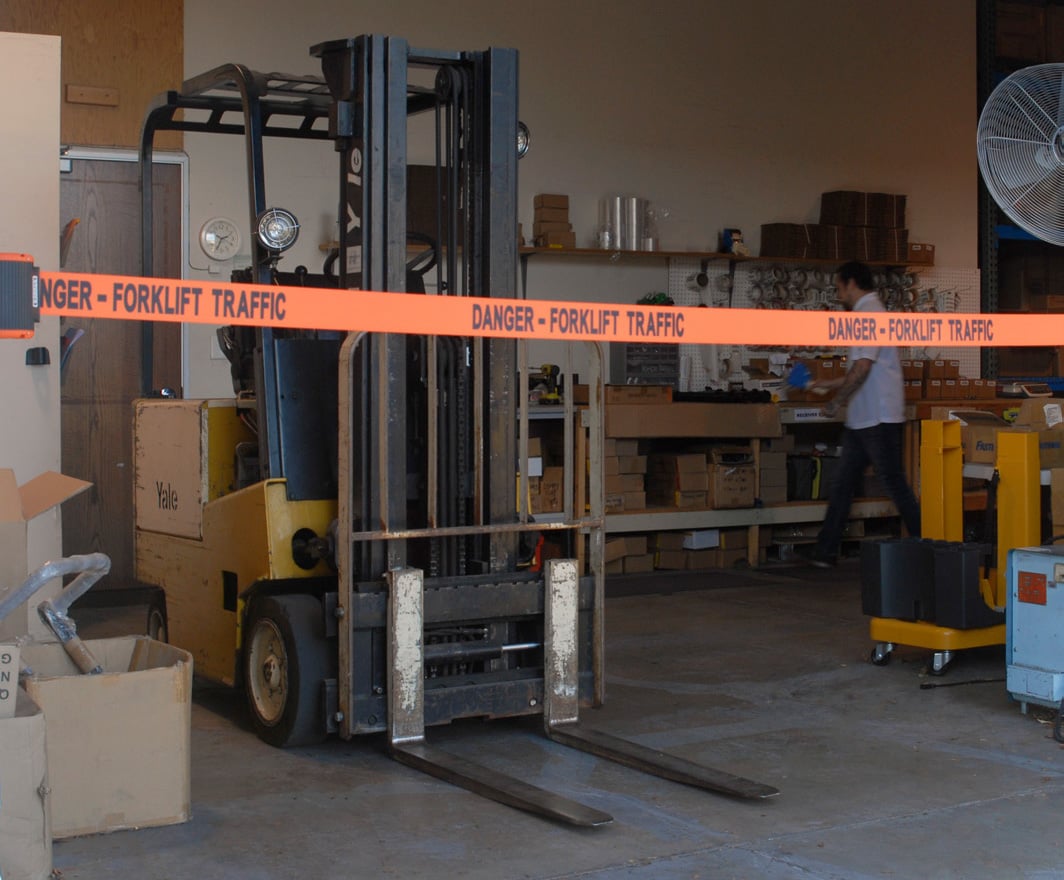When your manufacturing and distribution centers are a buzz of activity, forklift accidents can become a real safety concern. Here are some proactive measures can you take to keep your warehouse employees and infrastructure safe, even during the busy seasons.
1. Teach your staff about proper forklift operation
As a rule of thumb, whenever you have people operating heavy, mobile pieces of machinery, training is vital. You don't need to bring in an expert to make sure that you're hitting all the important points — there's a plethora of free workplace safety and forklift safety guides available. Make sure that you staff has a good grasp of the information by following up the video with a short quiz.
2. Conduct a driving test
There's a reason why getting a driver's license is a two-part process (a written test and a practical test). Knowing the proper procedure for operating a forklift doesn't necessarily guarantee you can implement that knowledge in practice. Set up a driving course in your facility and have forklift operators navigate obstacles and pick up skiffs as they would to complete daily tasks. It's never a bad idea to see how your techs operate on the job by spending a few minutes observing their work routine and driving behavior.
3. Have a daily maintenance checklist and best practice operating guide
Even if you have skilled and experienced forklift drivers, there's always the chance you'll encounter maintenance issues with the vehicle. To ensure that minor maintenance issues don't become full-blown safety hazards, it's important to check vital equipment before using the forklift. If your truck or forklift fails in the middle of completing a job, it could delay your work or endanger employees in the warehouse. You can avoid this by creating a short daily checklist for drivers to complete before starting work — one that includes checking that the horn, blades and brakes are all in working order.
4. Set up safety barriers where they're needed
No matter how much you prepare, some small accidents are unavoidable. If you spend time watching the workflow within your warehouse, you'll be able to identify high-traffic areas and potential collision hotspots. Be proactive by installing protective guards and barriers in those areas, to prevent damage to your facility and protect the safety of your staff.





